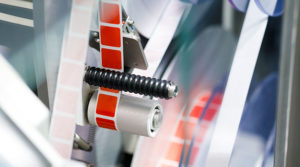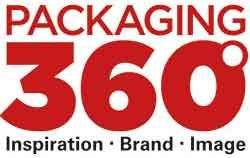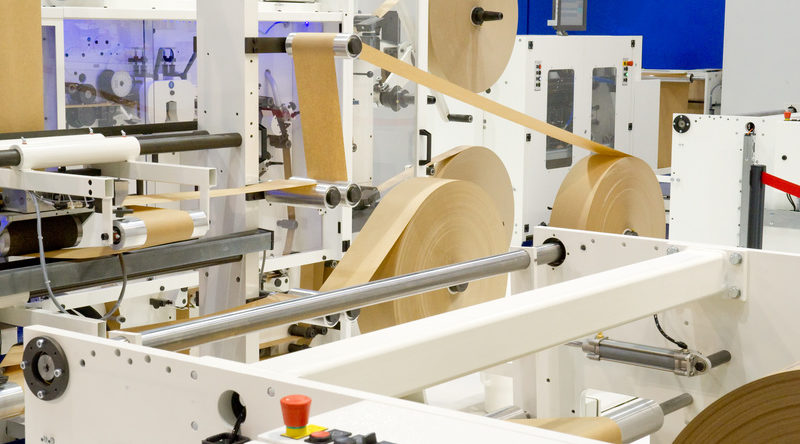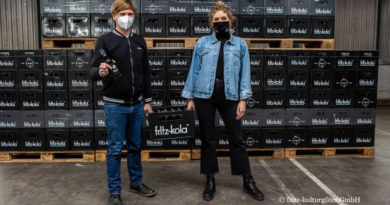Boom in labelling and marking
A market on a permanent upswing. The manufacturers of innovative labelling and marking technology have been recording steady growth for a number of years.
In Europe, growth over the past five years has averaged around 5 percent. This is confirmed by the consumption figures for adhesive materials, which are regularly determined by the international association for the self-adhesive label industry FINAT. According to the German Institute for Economic Research (DIW) in Berlin, private consumption, which has a significant influence on the demand for self-adhesive labels, will benefit from the continued positive development of the labour market. Successful growth segments with large volumes include labels for consumer goods with coated paper as the face material, direct thermal labels for the online trade and the logistics sector, as well as film labels for product decoration, in particular on the basis of polypropylene for applications with the ‘no-label look’.
The label market is one of the largest growth segments in the printing industry. In particular, demand for digitally printed labels is growing at a sustained high rate. In the medium term, it is expected that almost every second machine sold in this sector will print digitally. The market uses digital label printing machines that only print digitally and integrate label finishing into a downstream process, but there are also machines that finish and die-cut labels in a single production run. This process accelerates production times and reduces waste. If inkjet print heads with a native resolution of 1200 dpi are used, the print quality corresponds to that of offset printing.
ADVERTISEMENT
 In the labelling and marking technology, the requirements are diverse and expectations are high. FachPack is the place that brings together buyers and vendors on a level playing field. More information can be found here.
In the labelling and marking technology, the requirements are diverse and expectations are high. FachPack is the place that brings together buyers and vendors on a level playing field. More information can be found here. The FINAT Digital Press Index published in August 2018 states that nearly 300 new digital label printing presses were installed in Europe in 2017. This is the first time that the number of newly installed conventional presses has been exceeded. According to the FINAT radar, 60 percent of the companies invested between EUR 250,000 and EUR 750,000 for their digital printing presses. 45 percent of FINAT processors plan to purchase a digital press within the next 18 months. FINAT estimates that inkjet printing will continue to grow and outperform toner-based and hybrid printing systems.
The international market research agency Smithers Pira predicted in 2016 that the global label manufacturing industry would grow by an average of 5 percent per year over the five years up to 2021. According to their report „The Future of Labels and Release Liners to 2021“, the global market volume would increase from EUR 31.4 billion in 2016 to EUR 44.8 billion in 2021. In 2016, pressure-sensitive labels were the most commonly used type of label (44.4 percent of all labels used worldwide), but accounted for 63.3 percent of sales. They were followed by wet-glue labels (35.6 percent of consumption, 22.8 percent of sales) and shrink labels (15.1 percent of consumption, 10.6 percent of sales).
In the label segment, smart labels and tags equipped for radio frequency identification (RFID) are becoming increasingly more important. „The drivers for the development of intelligent packaging are e-commerce, through which high-quality food is increasingly being sold, cost reduction for printed sensors and the dynamisation of the best-before date,“ says Sven Sängerlaub, Business Development Manager Packaging, at the Fraunhofer Institute for Process Technology and Packaging, in the DLG Trendmonitor 2018.
RFID tags are expected to replace barcodes as identification systems. Ulrich Schäfer, Division Manager GS1 Standards + Products at GS1 Germany GmbH, assumes that the use of RFID technology in food packaging will become increasingly more attractive over the next three years, not least in terms of traceability and transparency. He is quoted in the DLG Trendmonitor as saying, „This applies in particular to pallets and outer packaging, since different added values can be realised here, for example when incoming goods are received, in the cold chain, or when optimising stock levels“.




